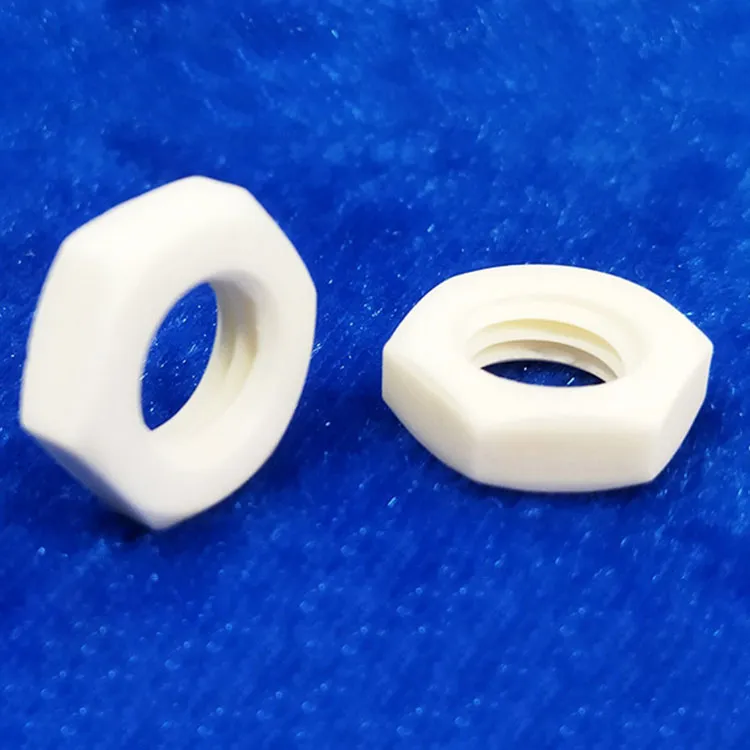Alumina ceramics are a type of ceramic material with aluminum oxide (Al2O3) as the main component. They are widely used ceramics with good insulation, mechanical strength and high temperature resistance.

High-purity alumina ceramics are ceramic materials with an Al2O3 content of more than 99.9%. Due to their sintering temperature of up to 1650-1990℃ and a transmission wavelength of 1~6μm, they are generally made into molten glass to replace platinum crucibles; they are used as sodium lamps due to their light transmittance and resistance to alkali metal corrosion; they can be used as integrated circuit substrates and high-frequency insulation materials in the electronics industry.
Ordinary alumina ceramics are divided into 99 porcelain, 95 porcelain, 90 porcelain, 85 porcelain and other varieties according to the content of Al2O3. Sometimes, those with an Al2O3 content of 80% or 75% are also classified as ordinary alumina ceramics. Among them, 99 alumina ceramic materials are used to make high-temperature crucibles, refractory furnace tubes and special wear-resistant materials, such as ceramic bearings, ceramic seals and water valve plates; 95 alumina ceramics are mainly used as corrosion-resistant and wear-resistant parts.
Alumina ceramic product molding methods include dry pressing, grouting, extrusion, cold isostatic pressing, injection, casting, hot pressing and hot isostatic pressing. In recent years, domestic and foreign molding technologies such as filter press molding, direct solidification injection molding, gel injection molding, centrifugal grouting molding and solid free molding have been developed. Different product shapes, sizes, complex shapes and precision products require different molding methods.